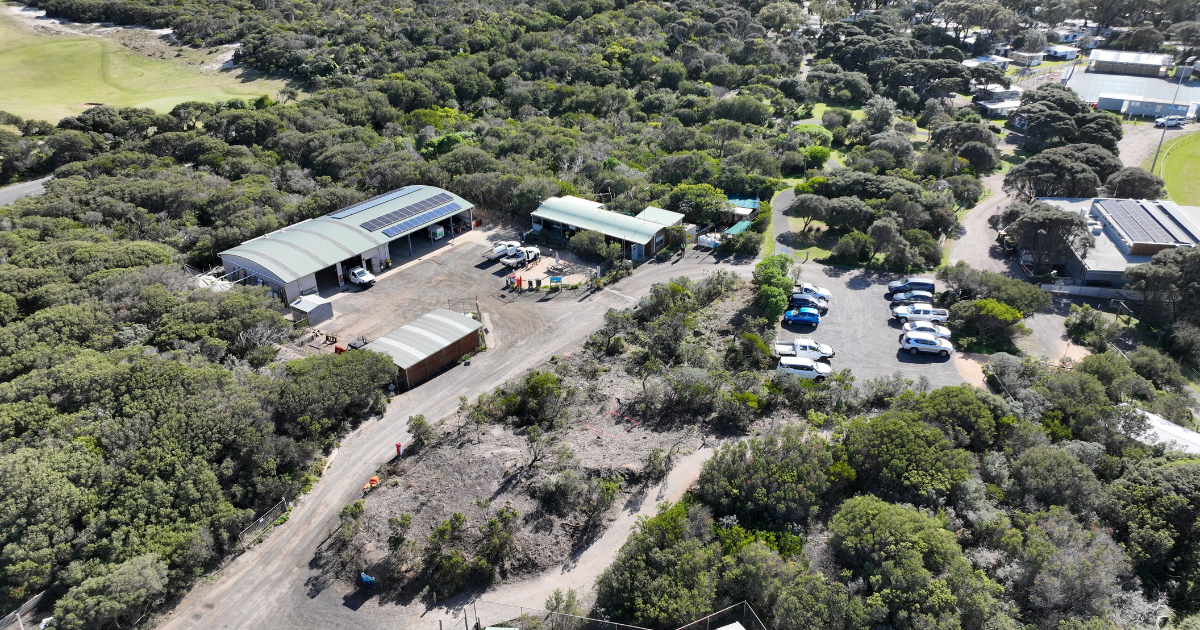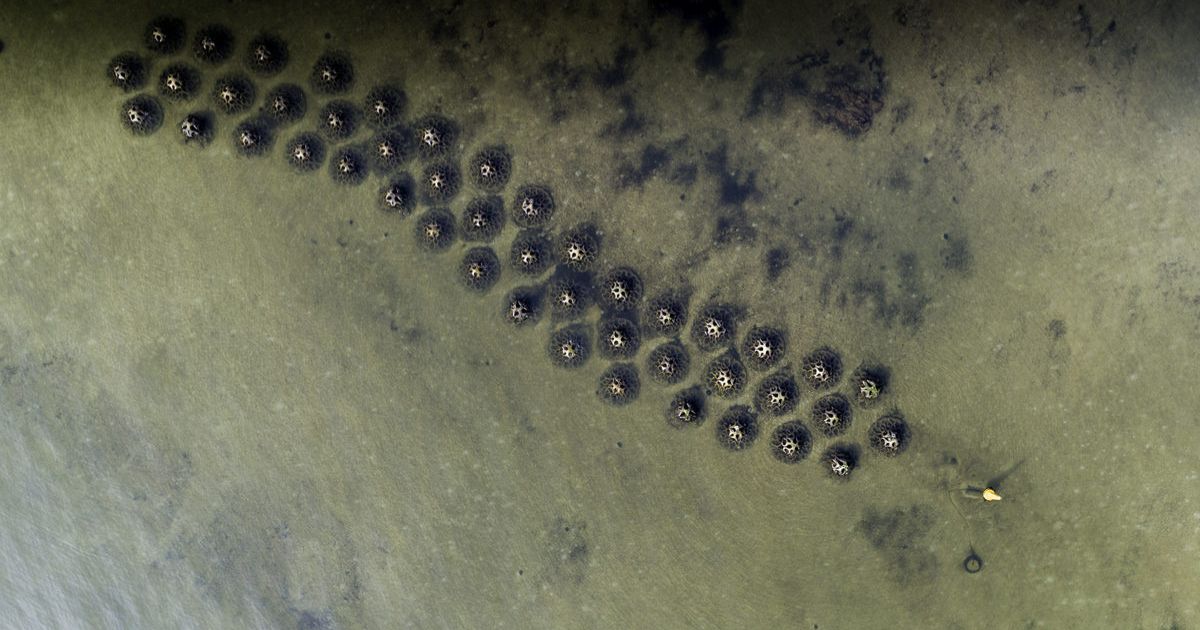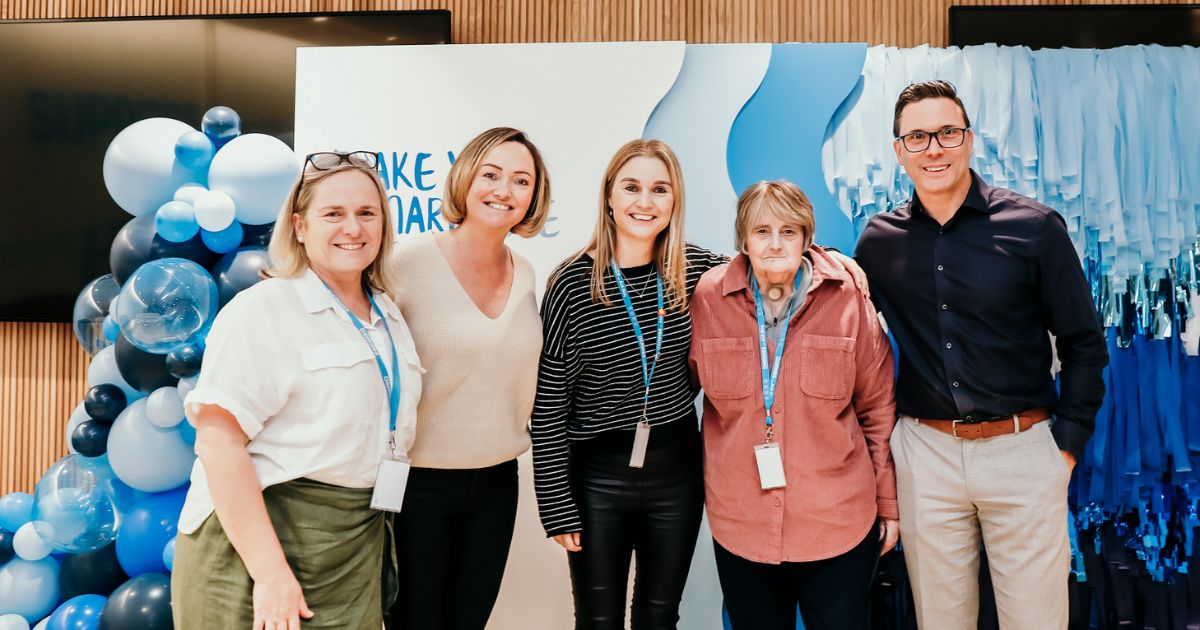Trial clears the way for native vegetation recovery at Barwon Bluff
A FOUR-WEEK vegetation restoration trial aimed at boosting biodiversity and supporting the long-term health of the coastline’s native ecosystems has wrapped up at Barwon Bluff.
The trial focused on the removal of coast tea-tree from two ecologically significant sites – along the south face of Barwon Bluff near the beach access stairs and within the Barwon Bluff Woodland – as part of a broader vision to restore ecological integrity along the coast.
Despite being native to Australia, the large bushy shrub can quickly become an environmental weed in areas outside its natural habitat, especially in coastal environments along the Surf Coast, where it has a strong, competitive advantage over indigenous plants.
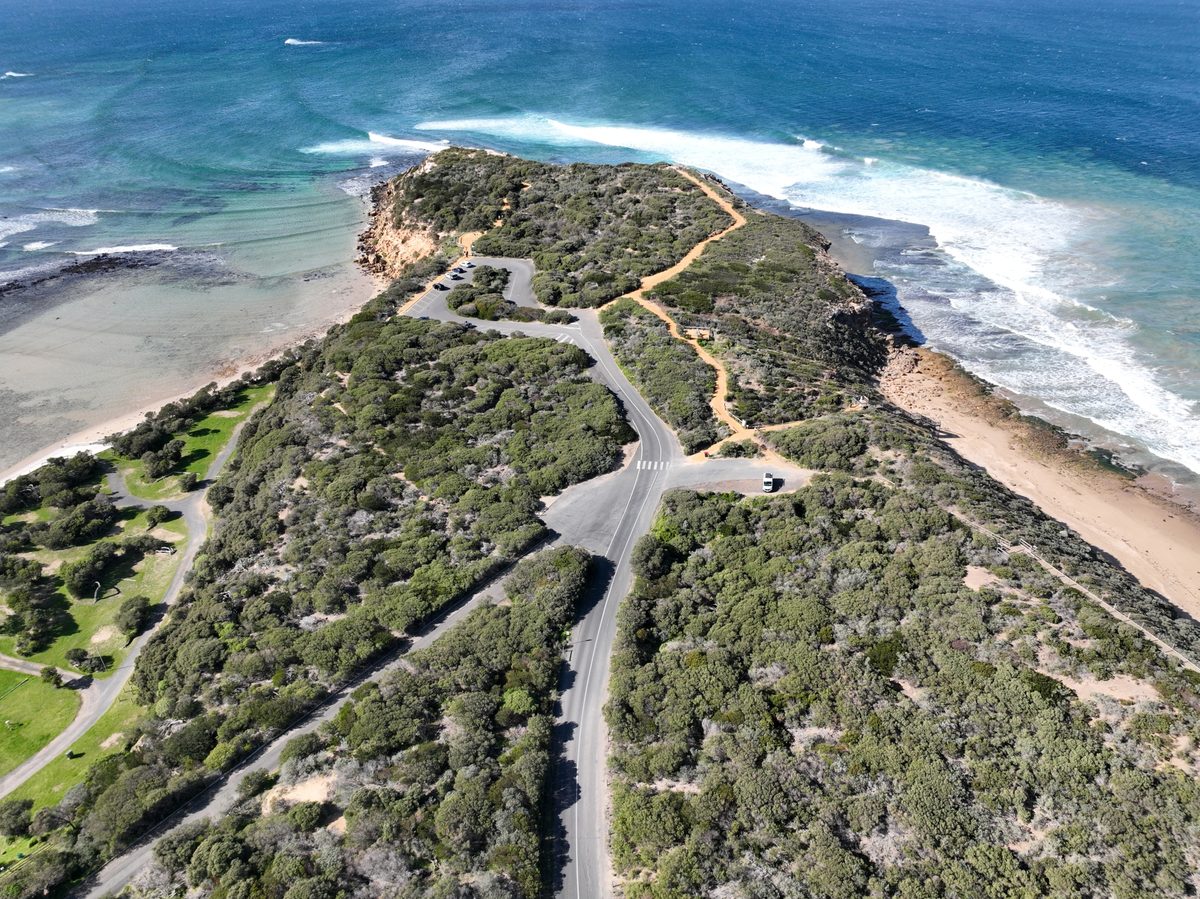
The project was delivered by Barwon Coast, following consultation with the Wadawurrung Traditional Owner Aboriginal Corporation and Friends of the Bluff, with approximately 10 people involved in the on-ground works between June and July.
Barwon Coast chief executive Gareth Smith said a more diverse mix of flora would help build a healthier ecosystem and improve habitat for local wildlife.
“The works focused on reducing the dominance of coast tea-tree, which was limiting light, space and regeneration opportunities for other native species,” he said.
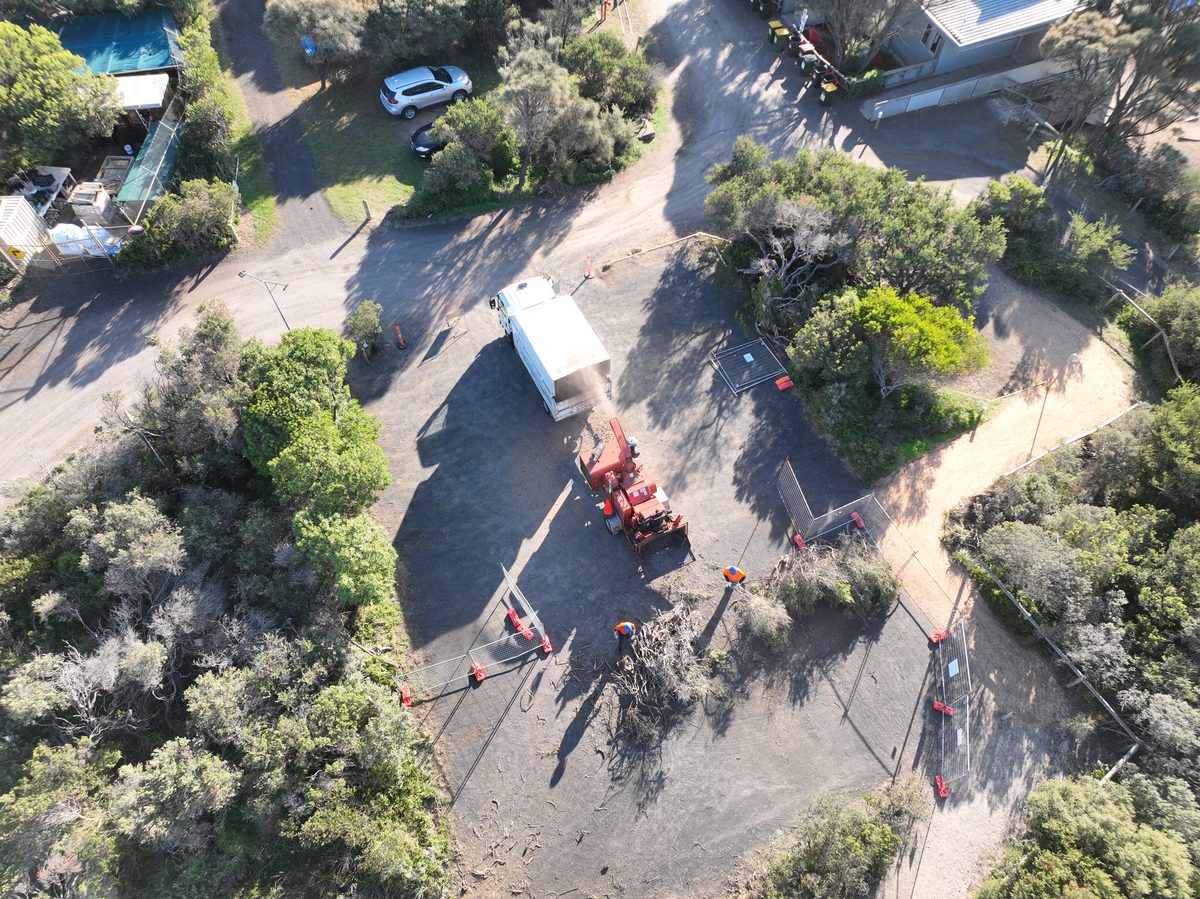
“The aim is to restore ecological balance and support the return of plants like Moonah, coastal wattle and coastal spear grass.
“Barwon Coast staff and Friends of the Bluff will closely monitor both sites to assess the trial’s impact on biodiversity and ecosystem health.”
The results of the trial, he said, will help guide future restoration projects, as the land manager seeks to develop a scalable model for native vegetation restoration and protect the coastline from increasing environmental pressures.
